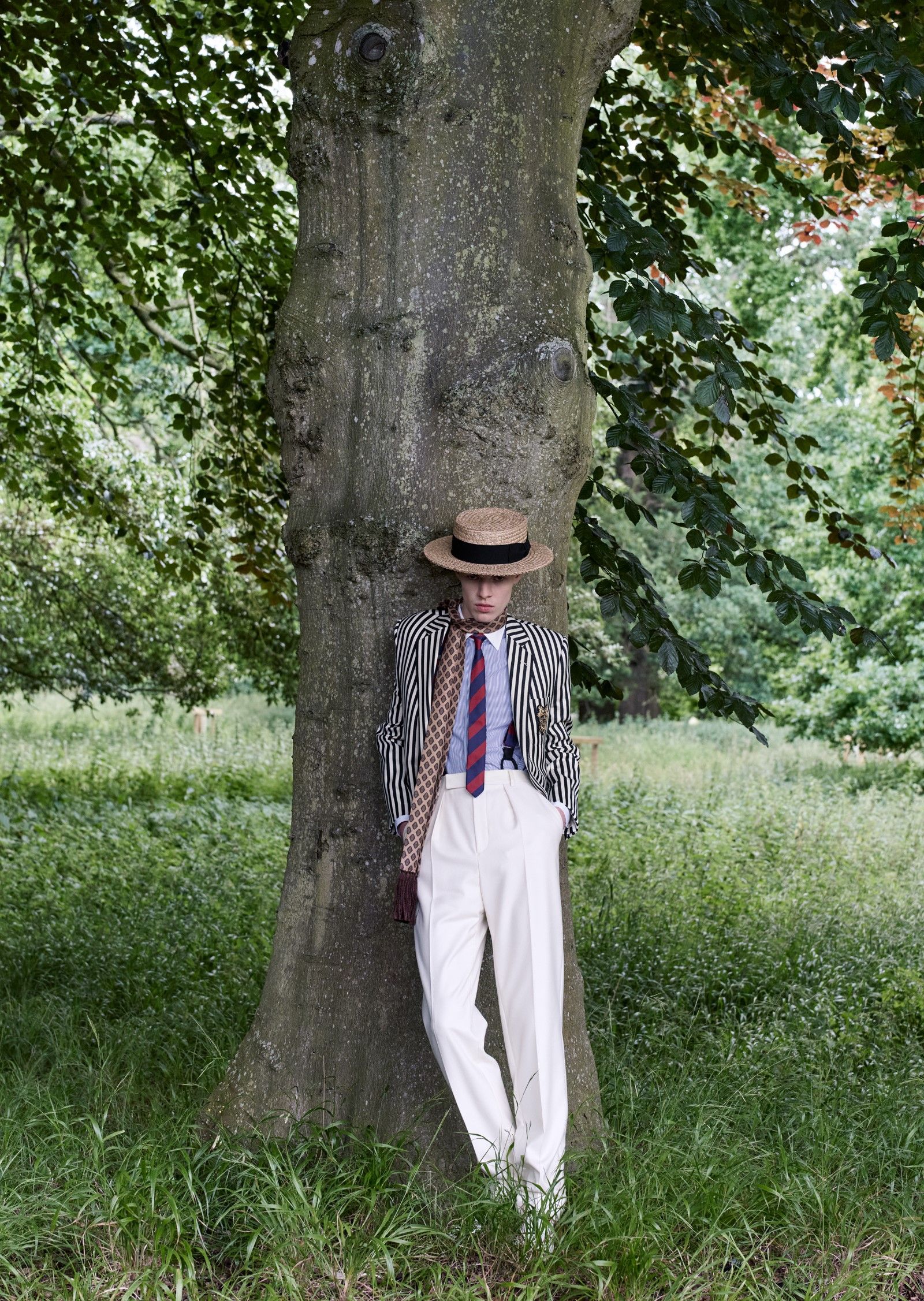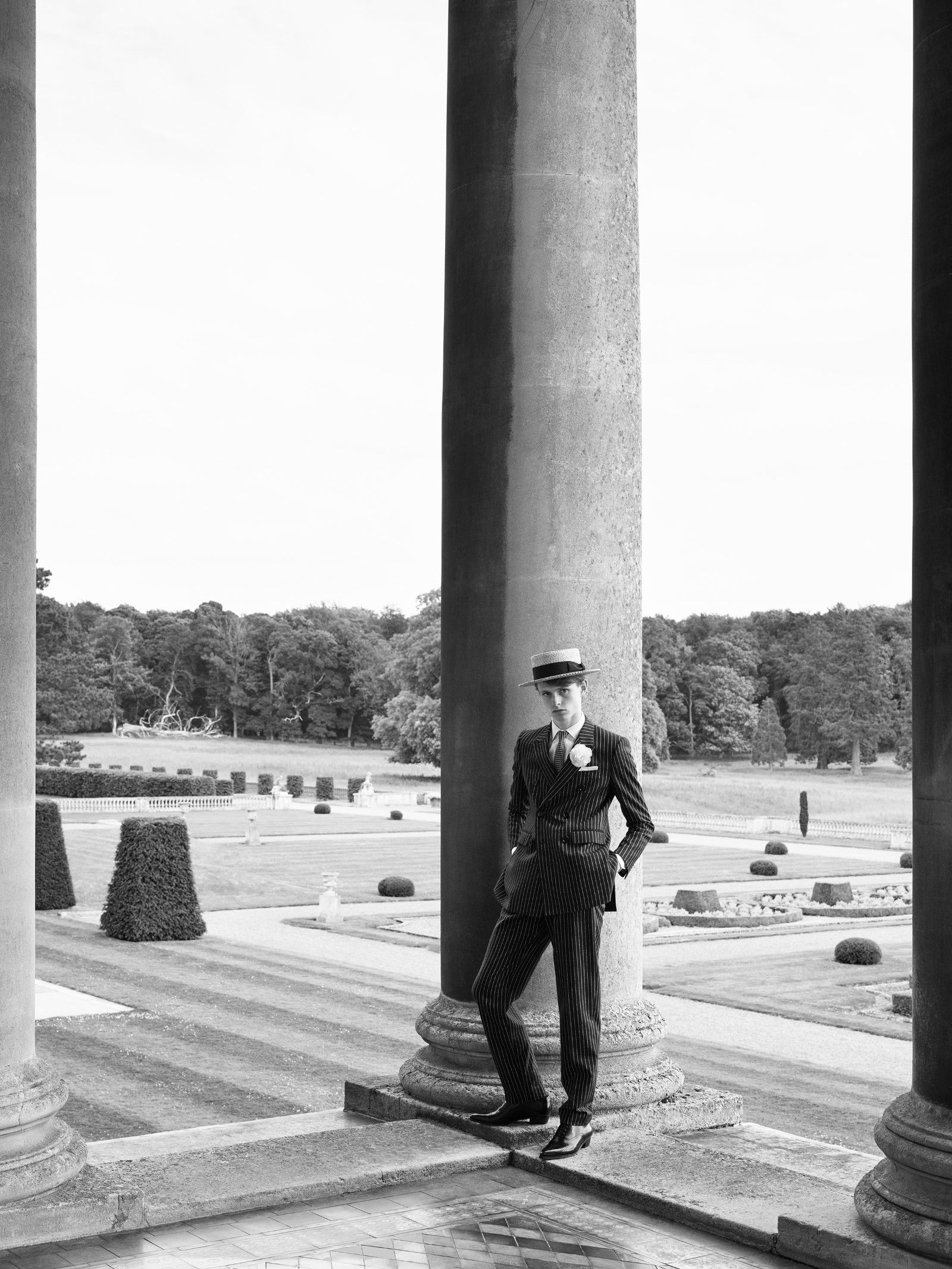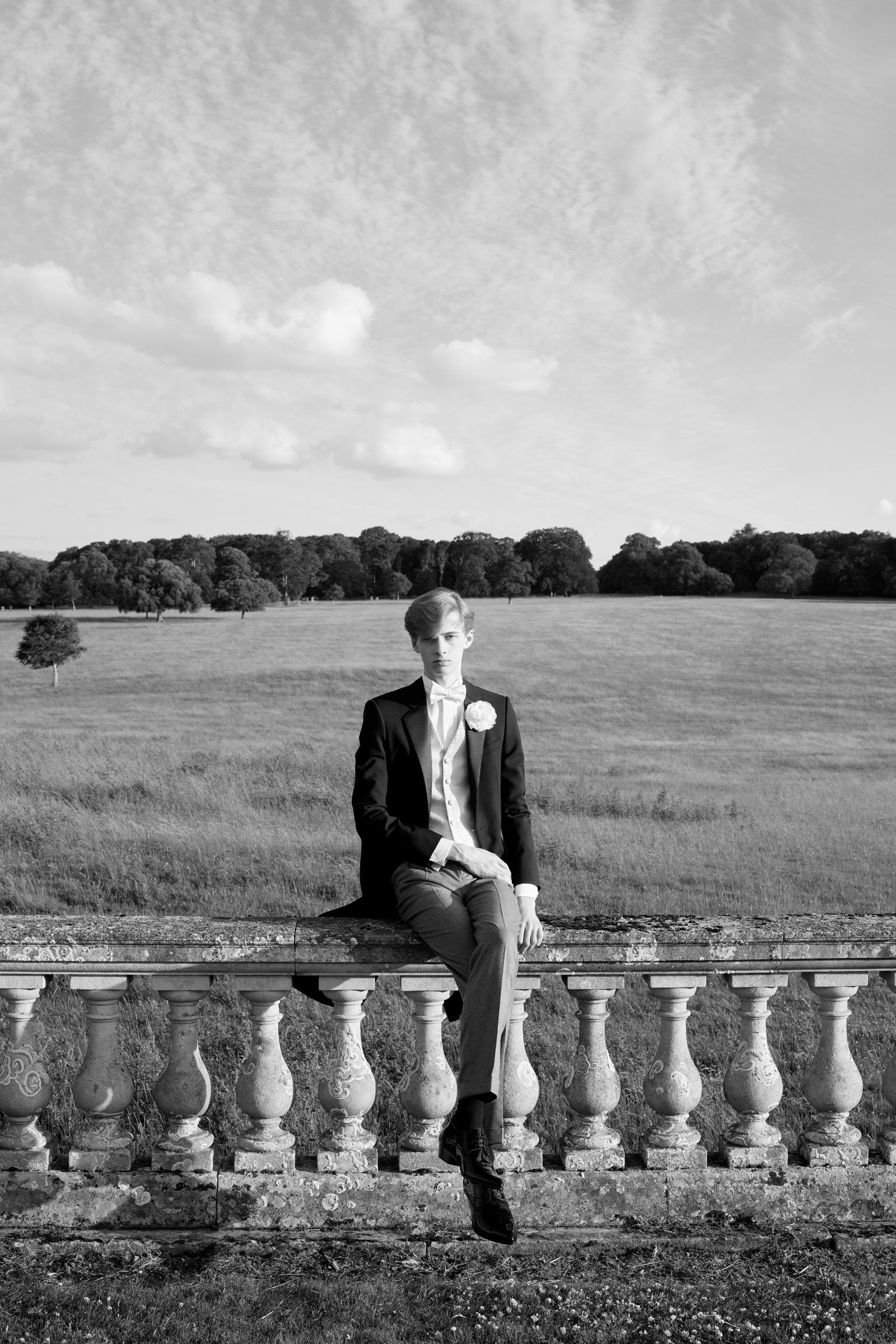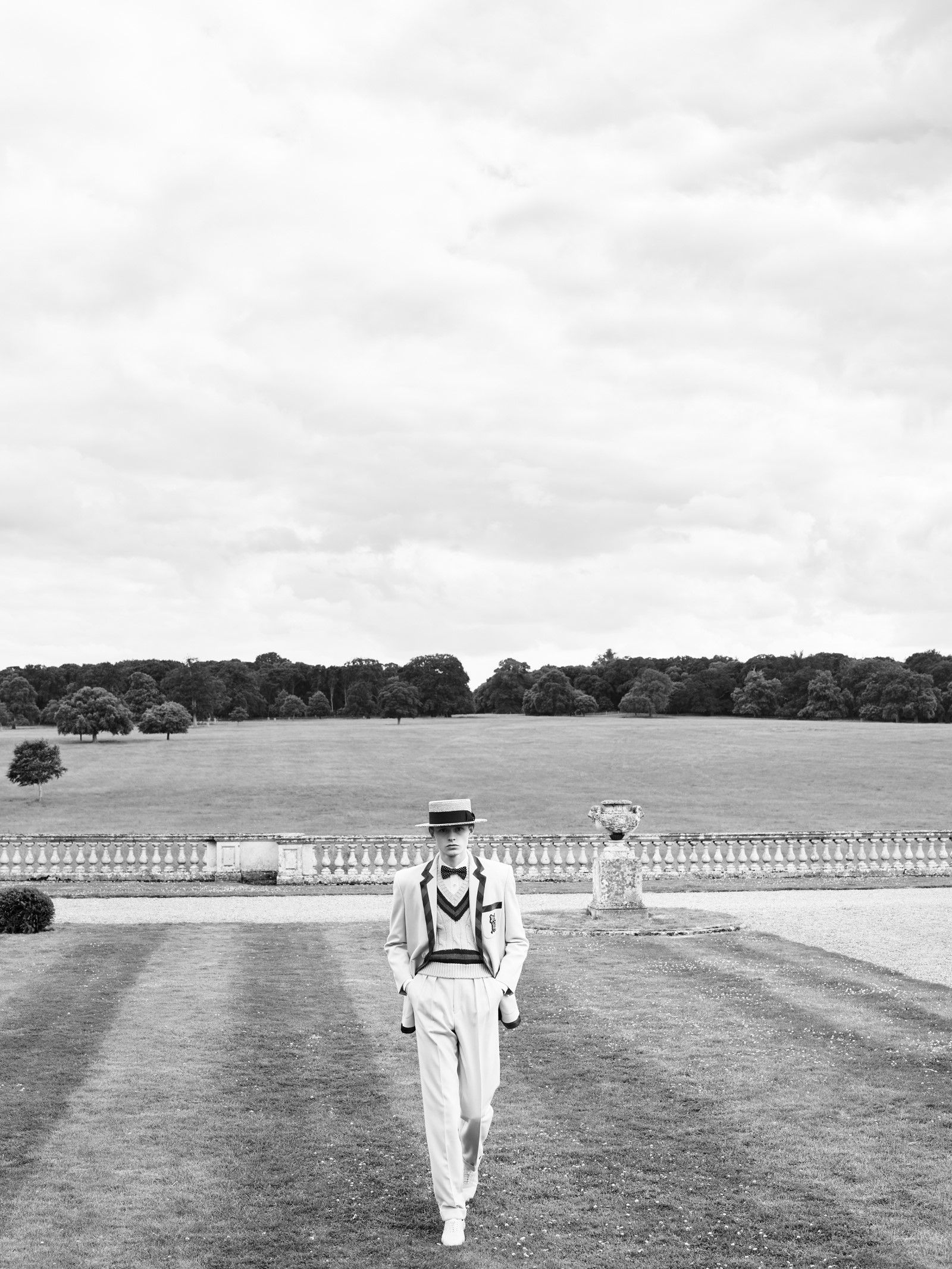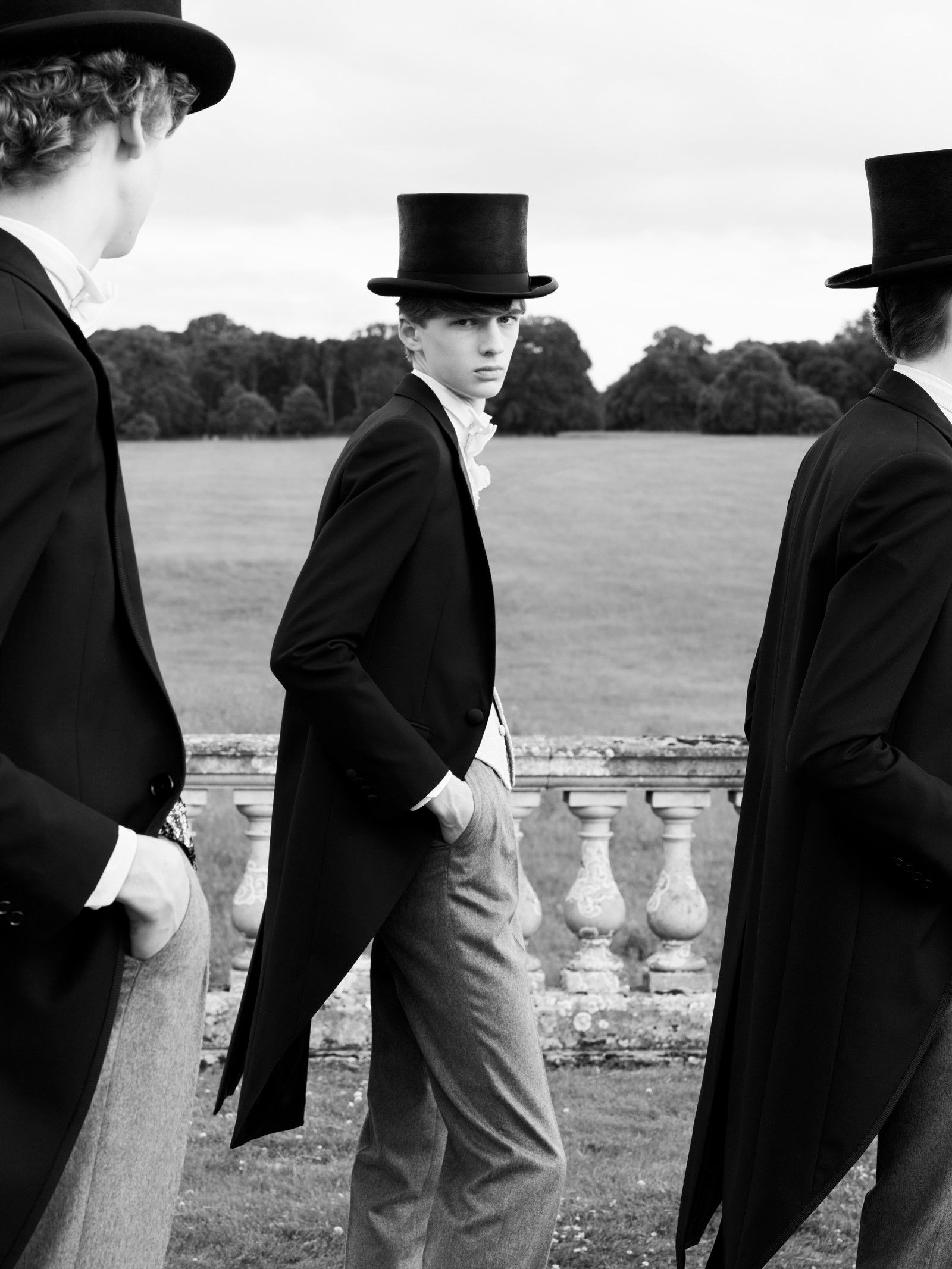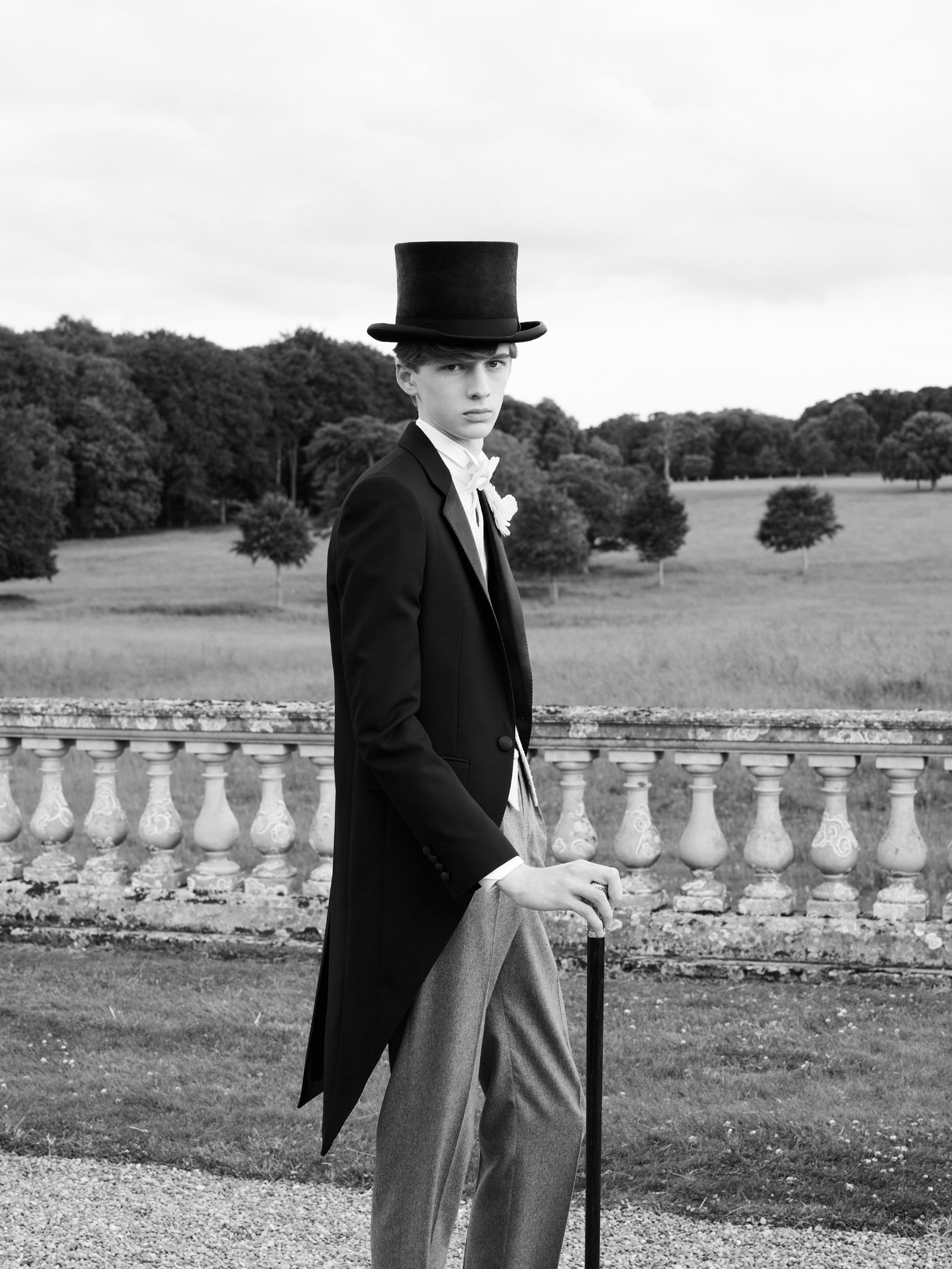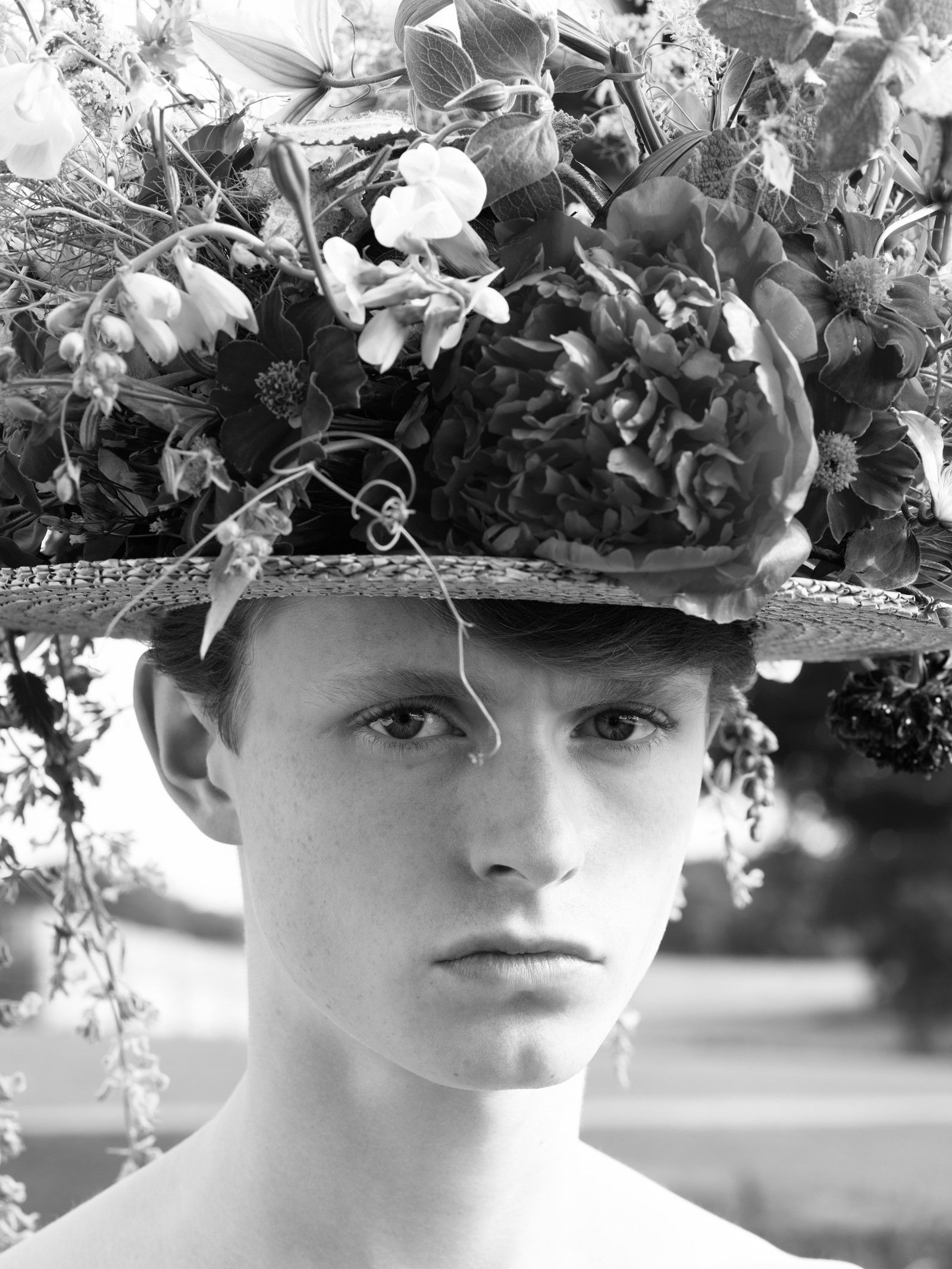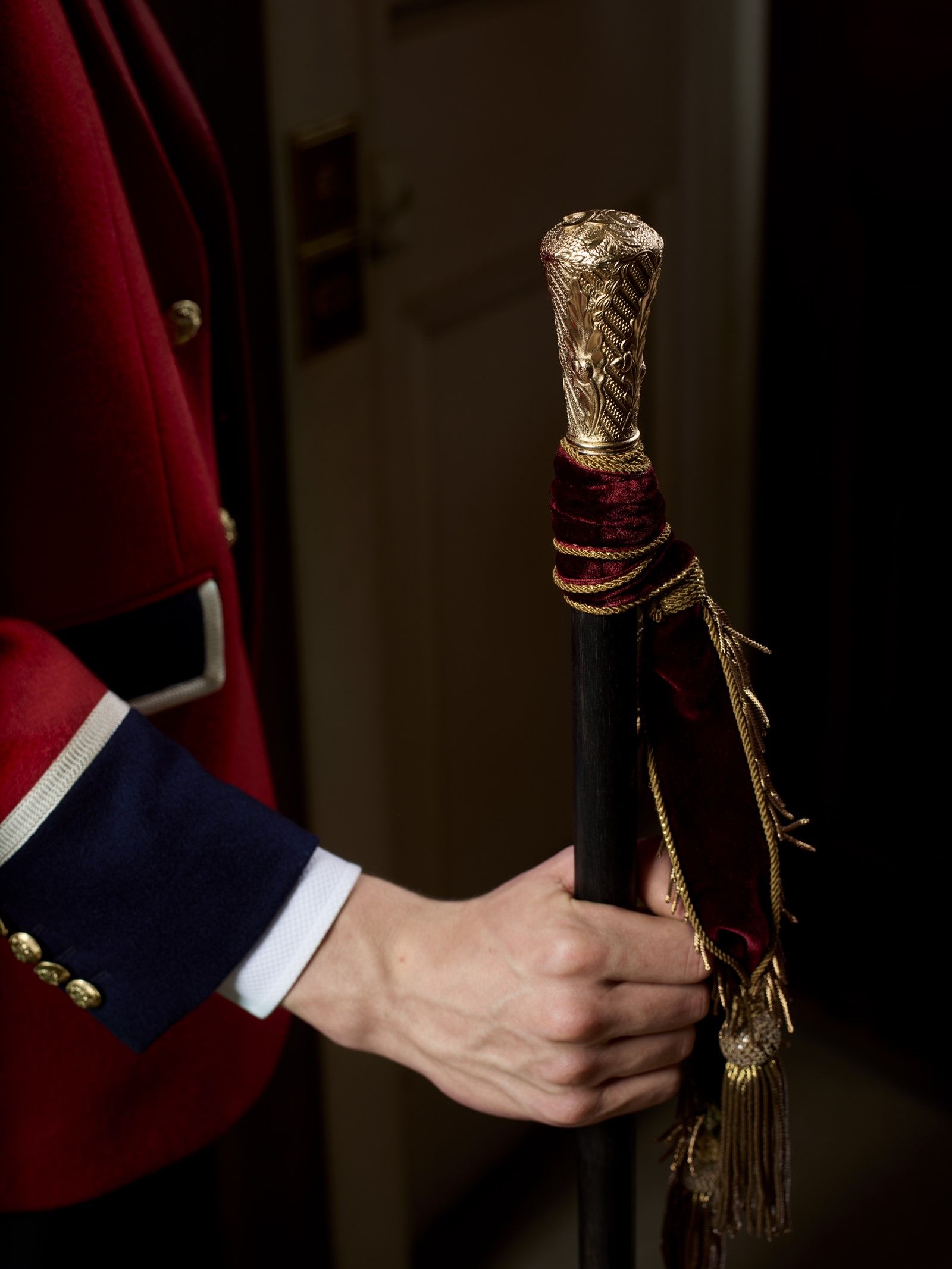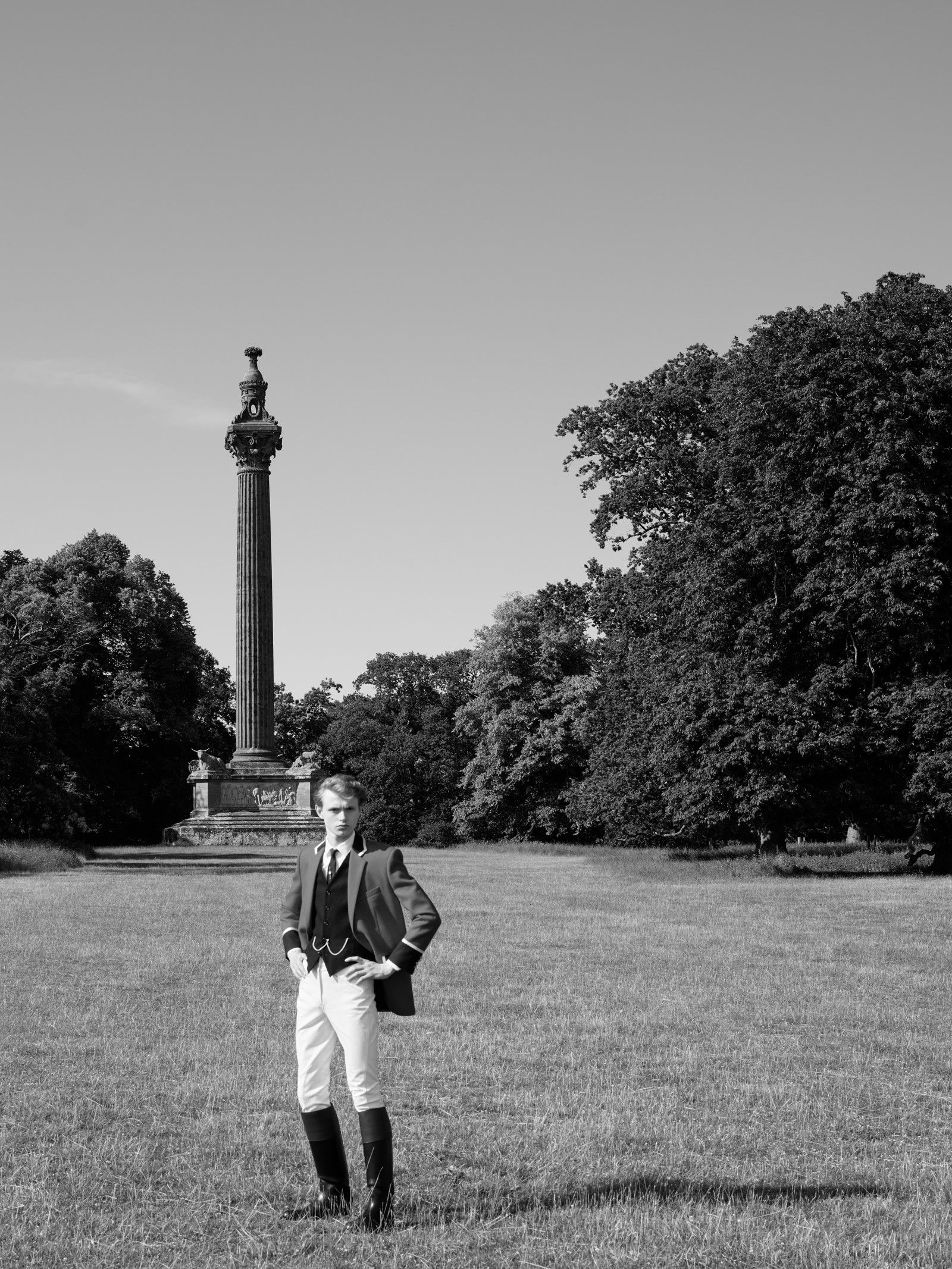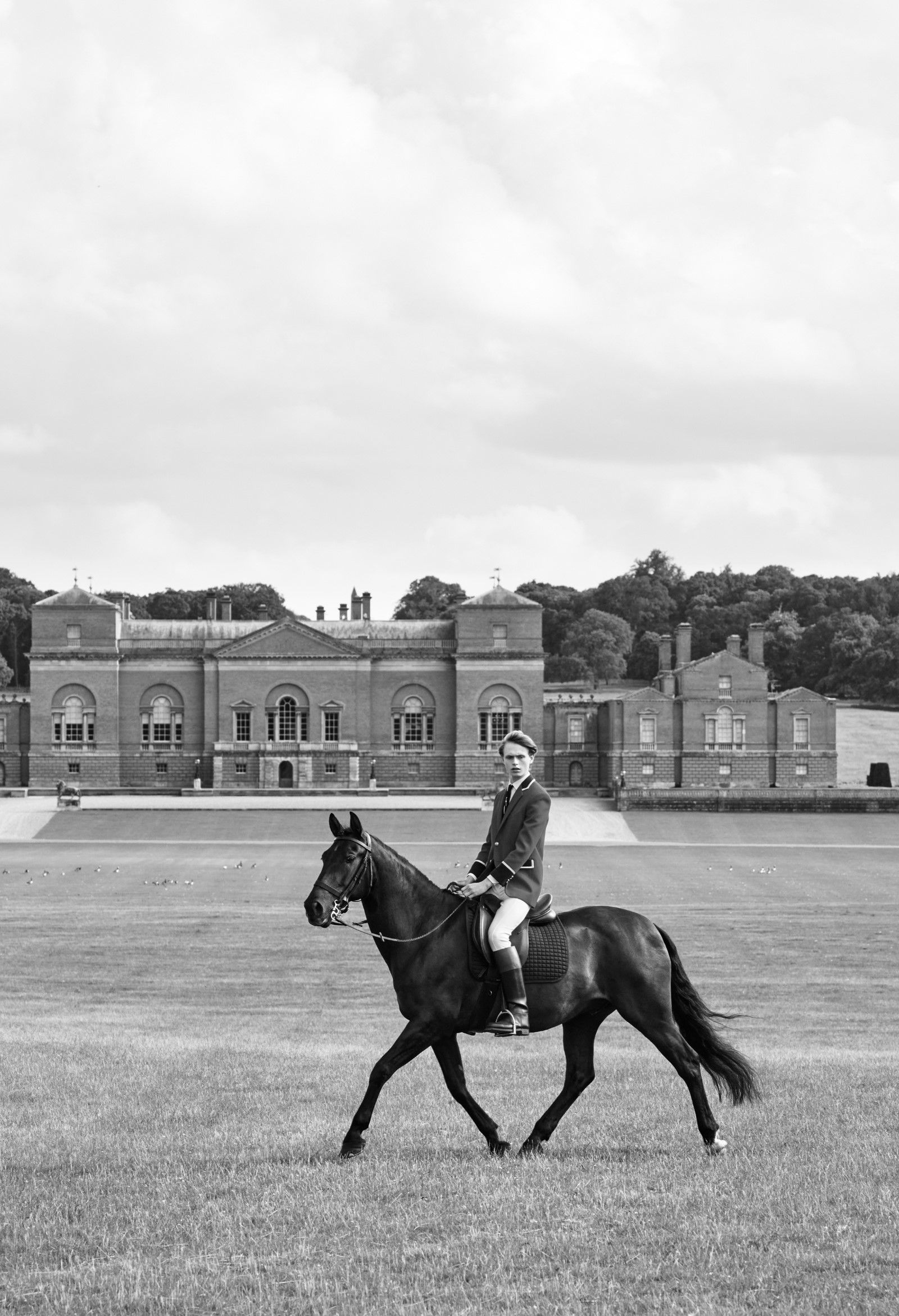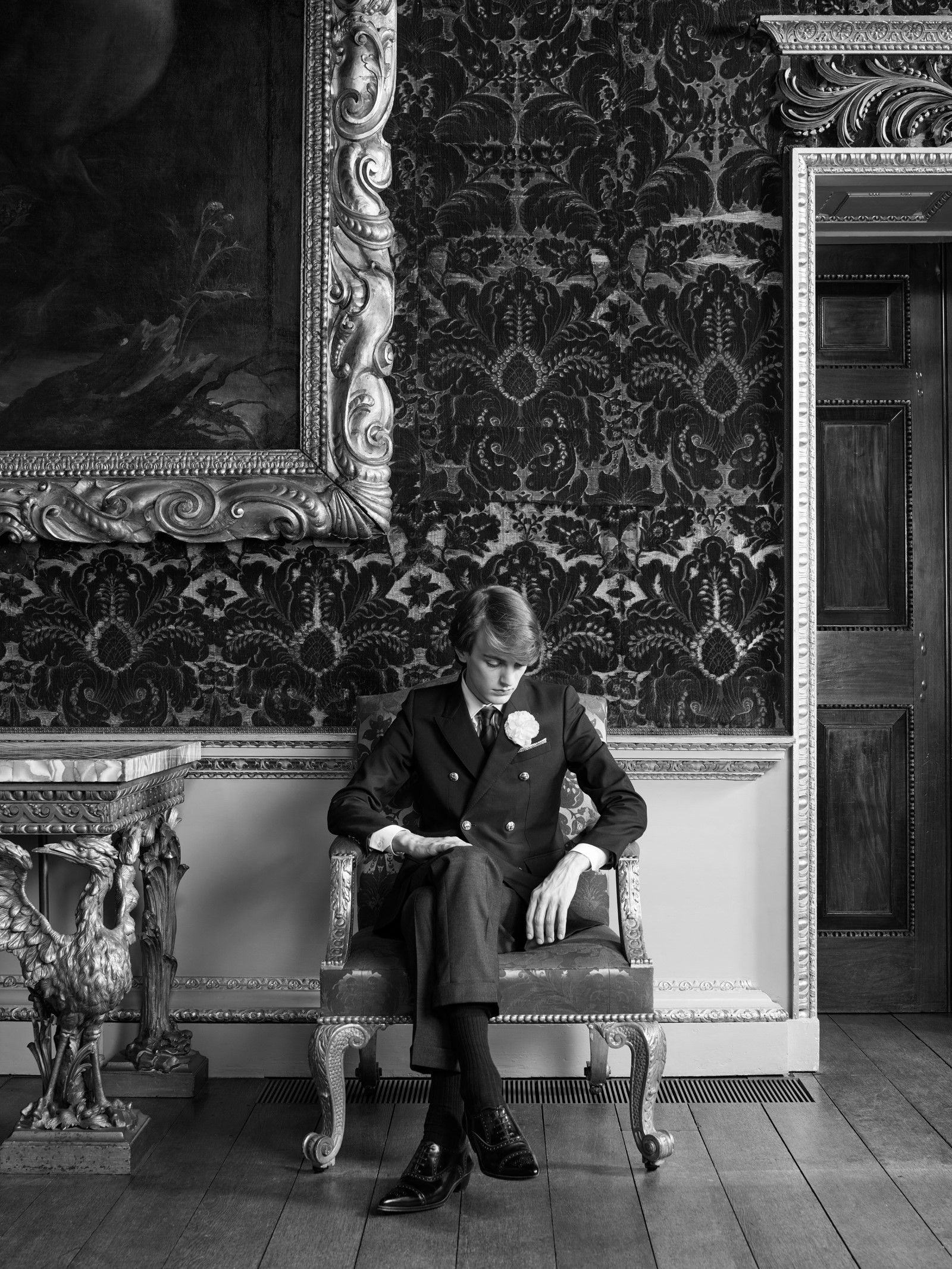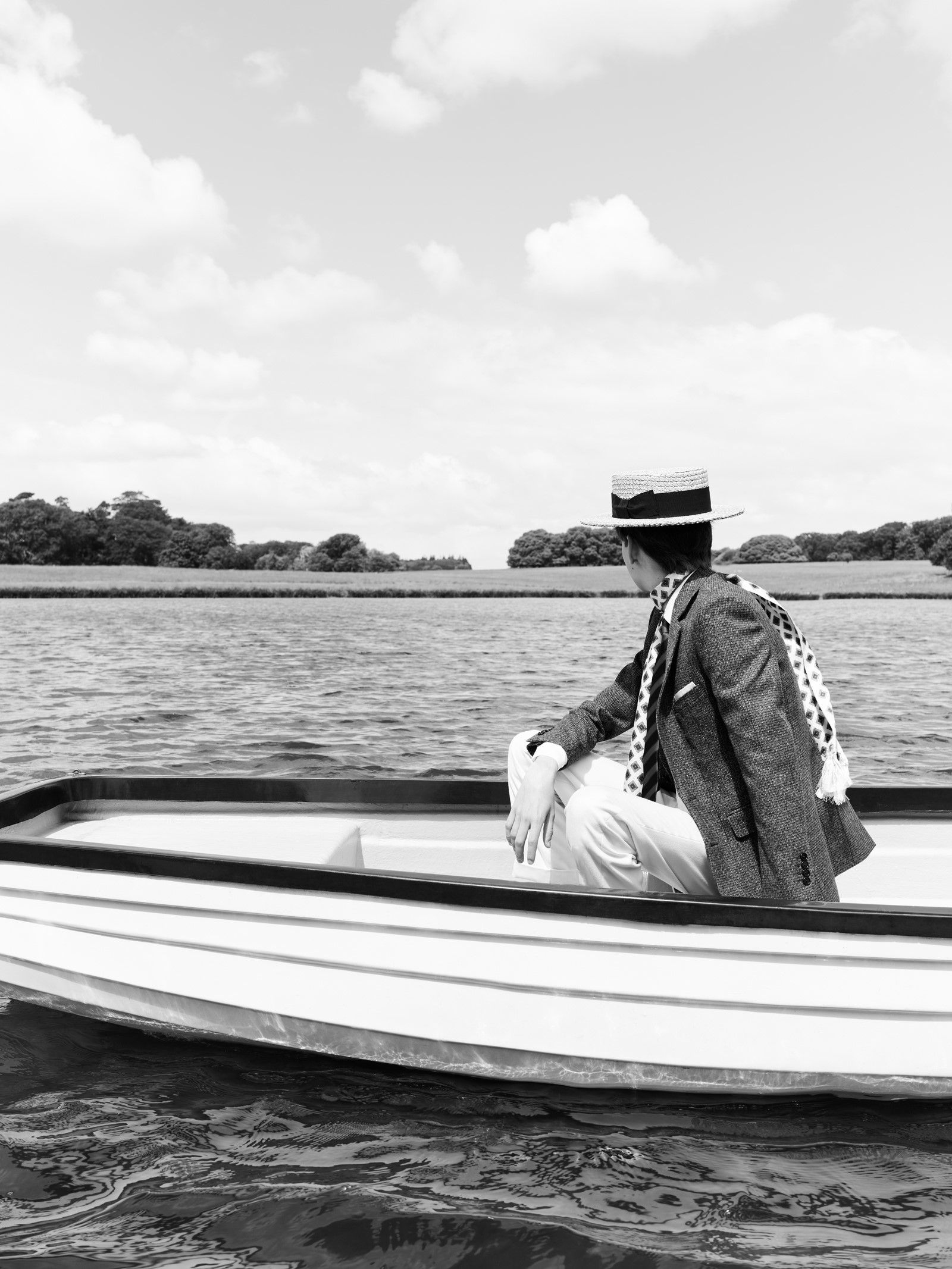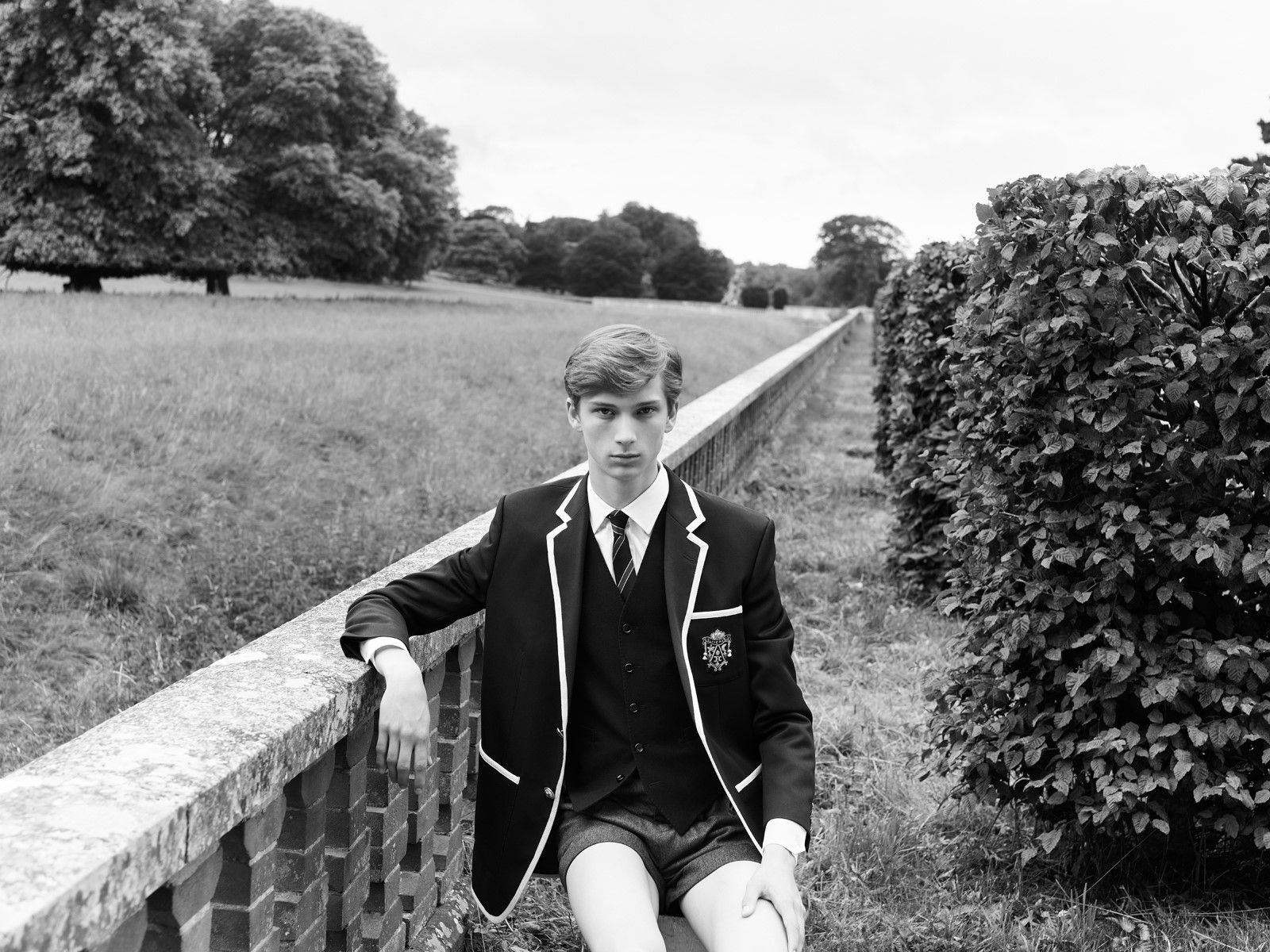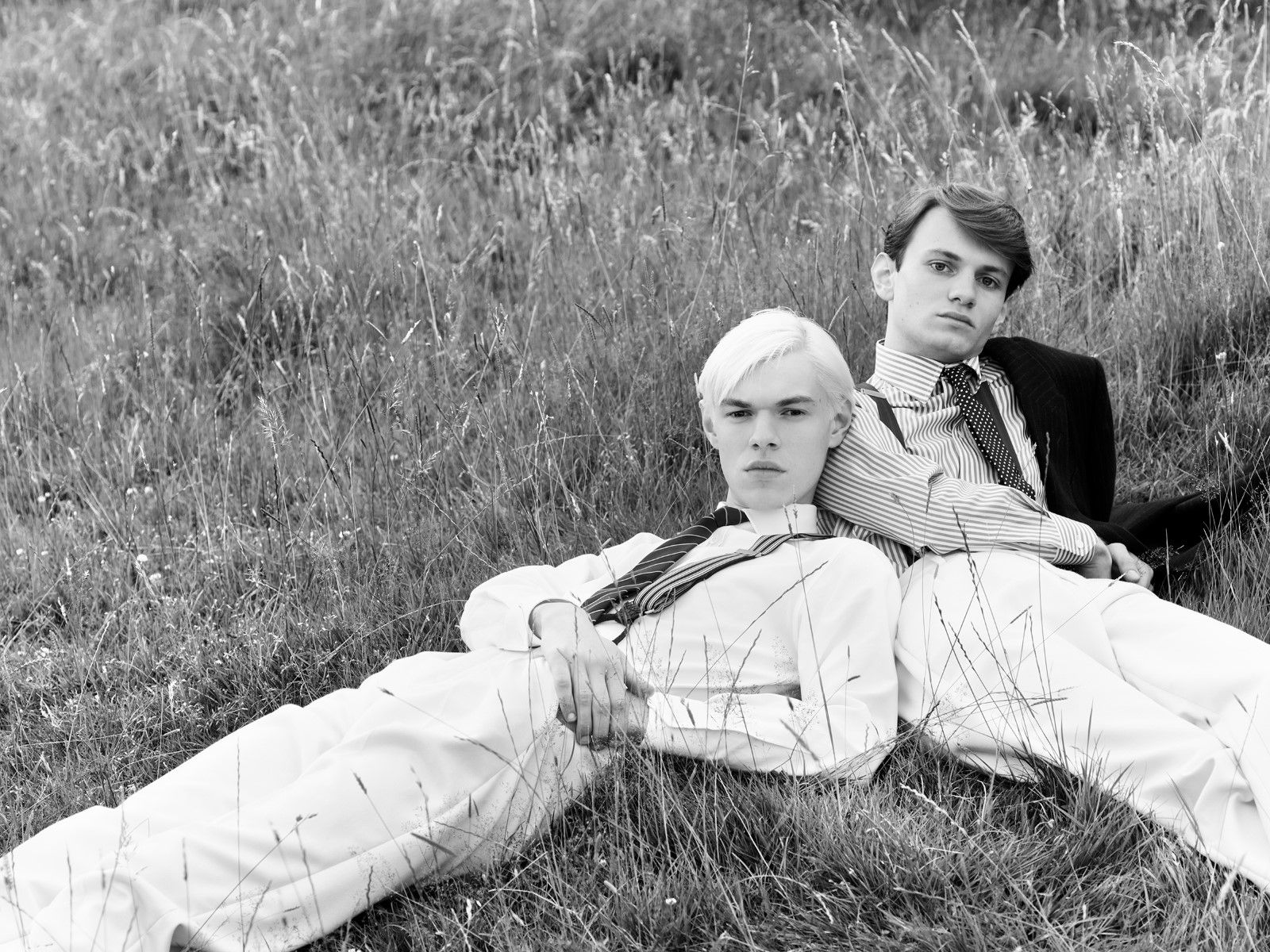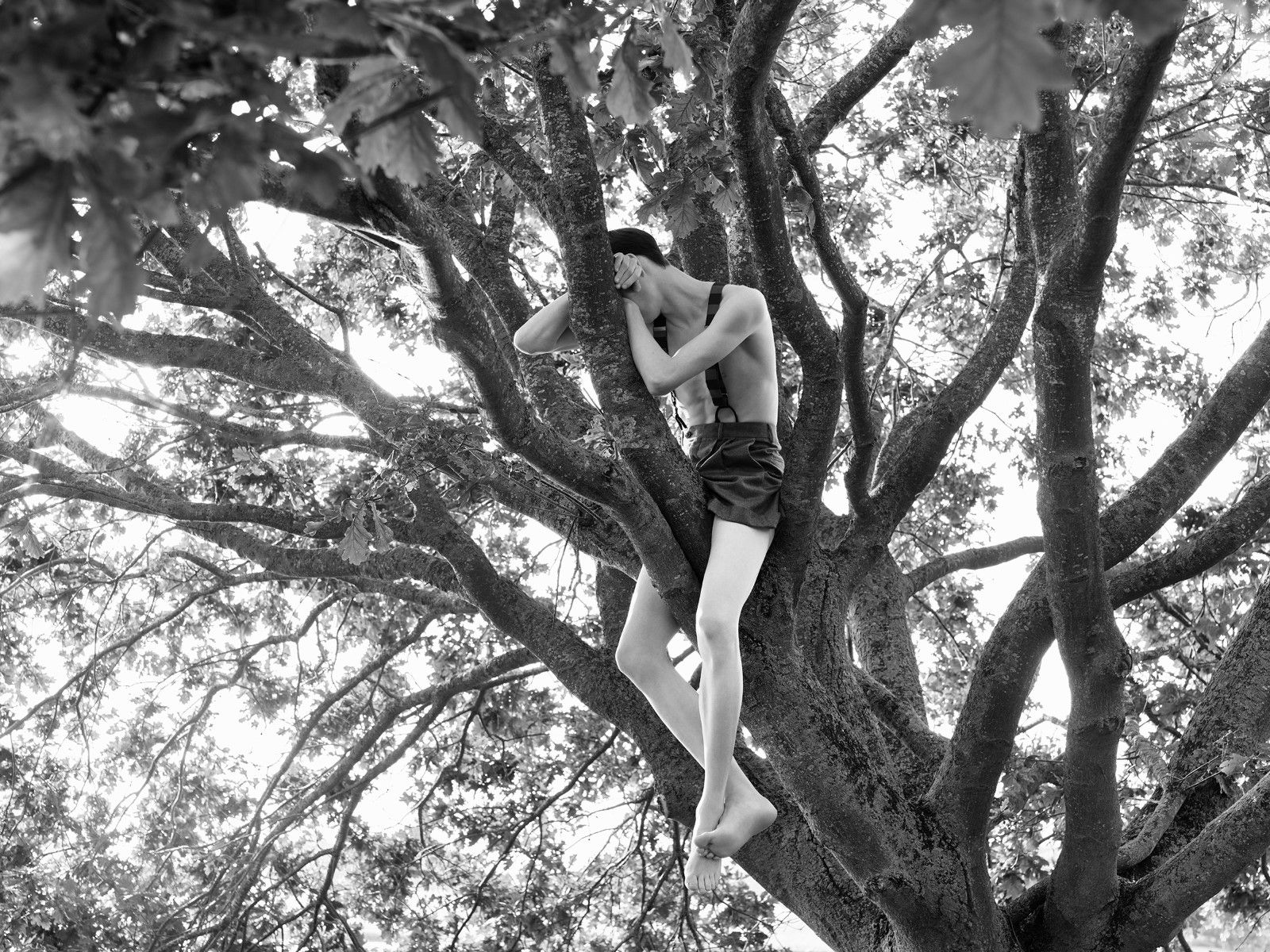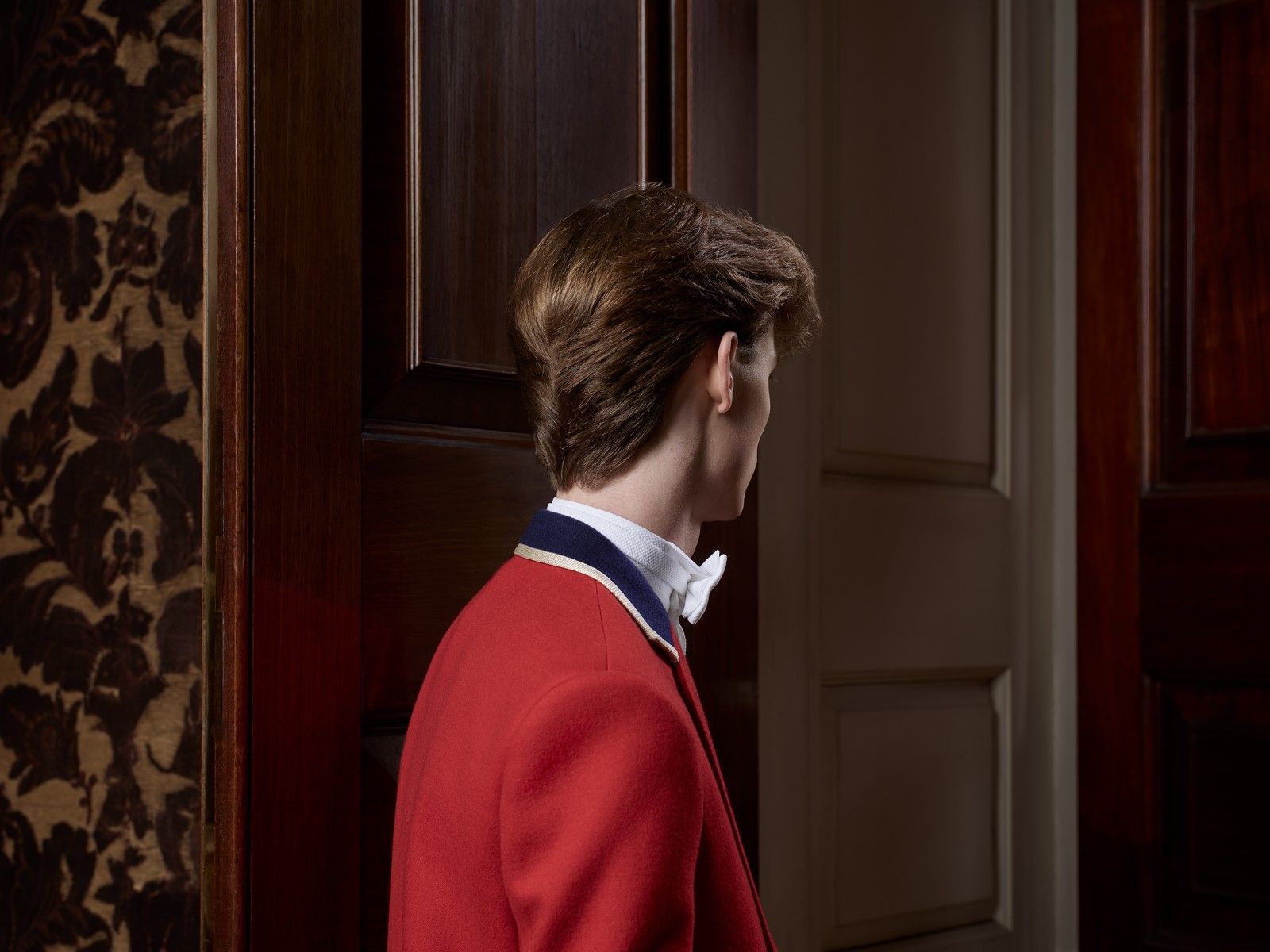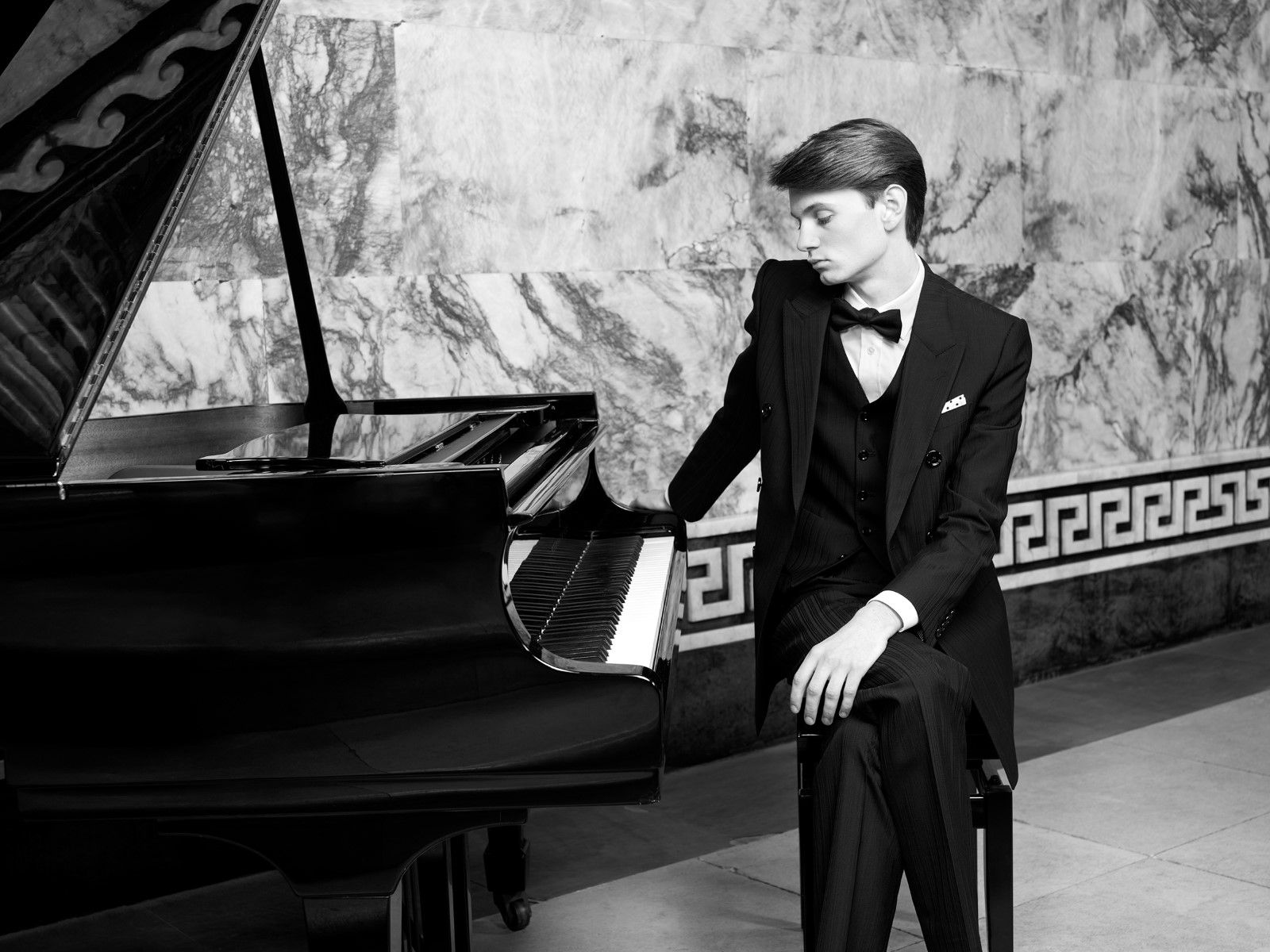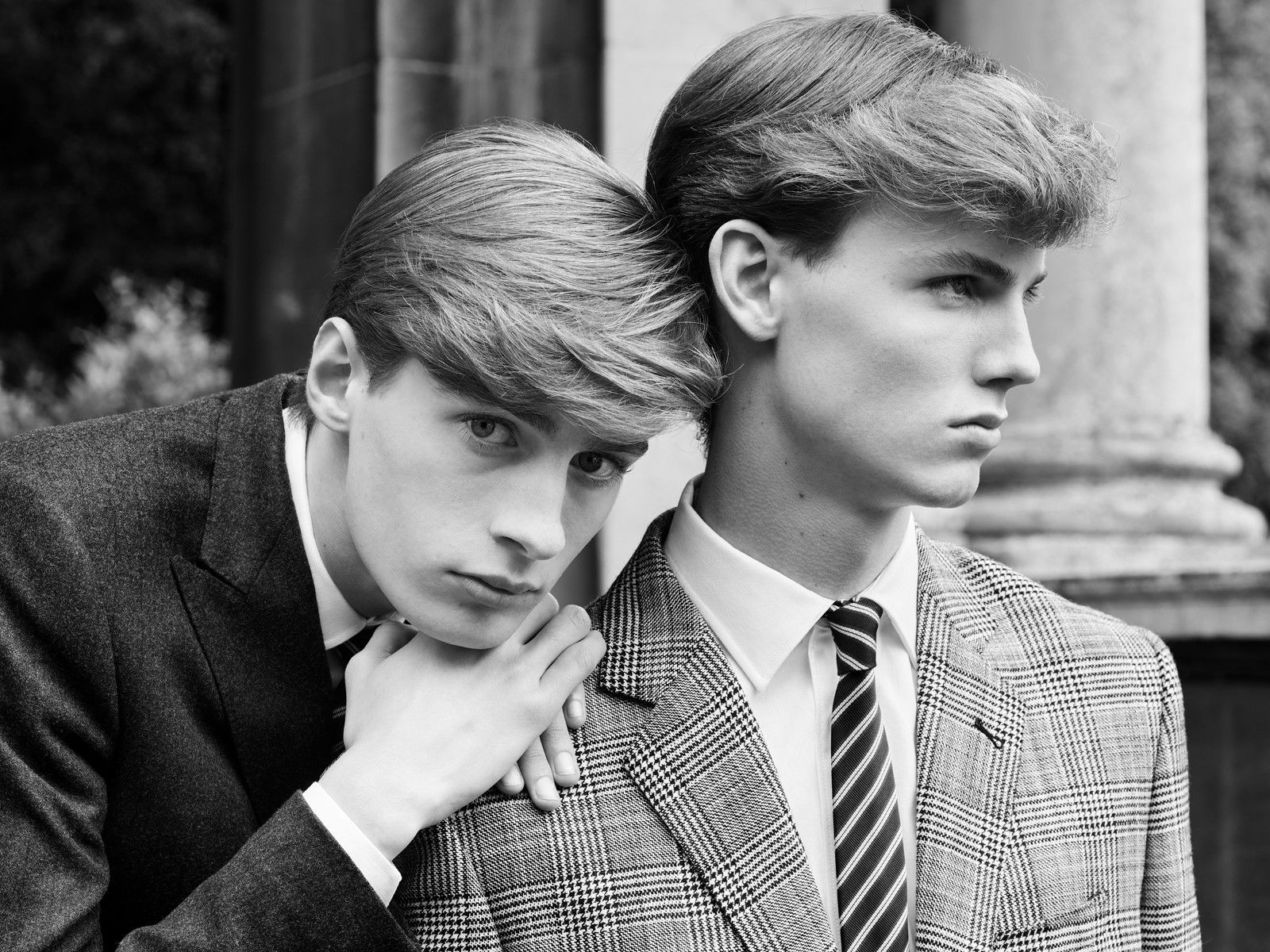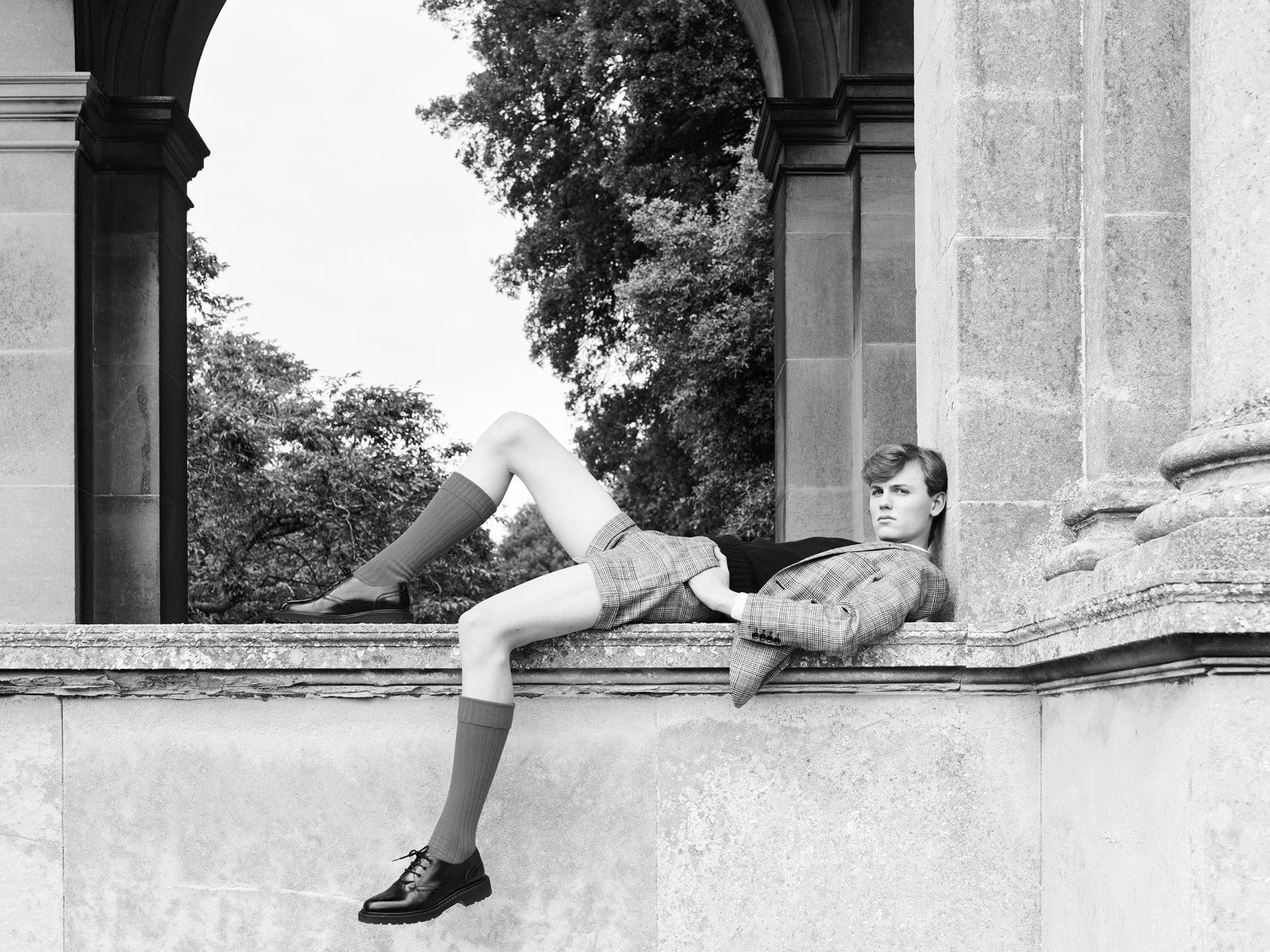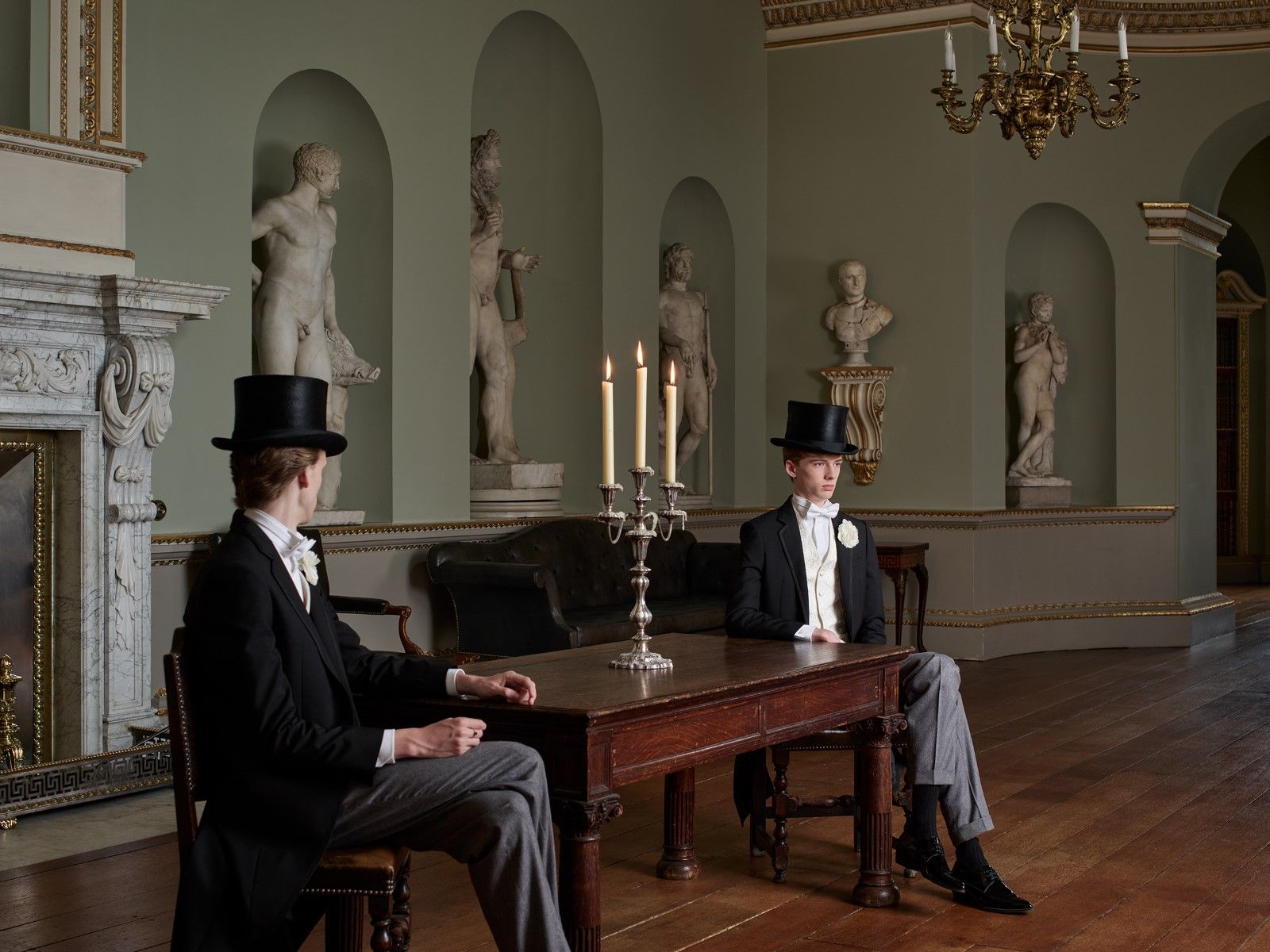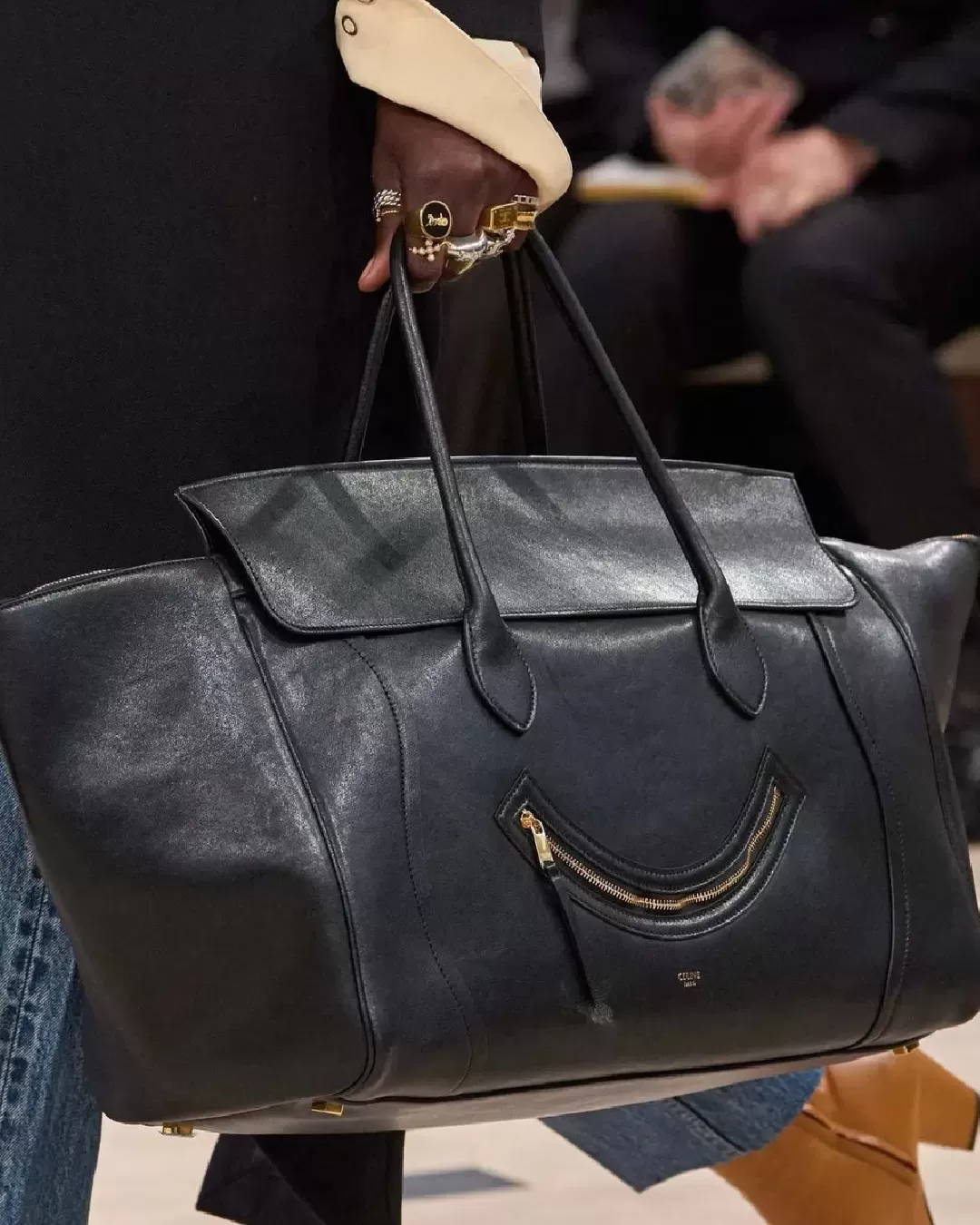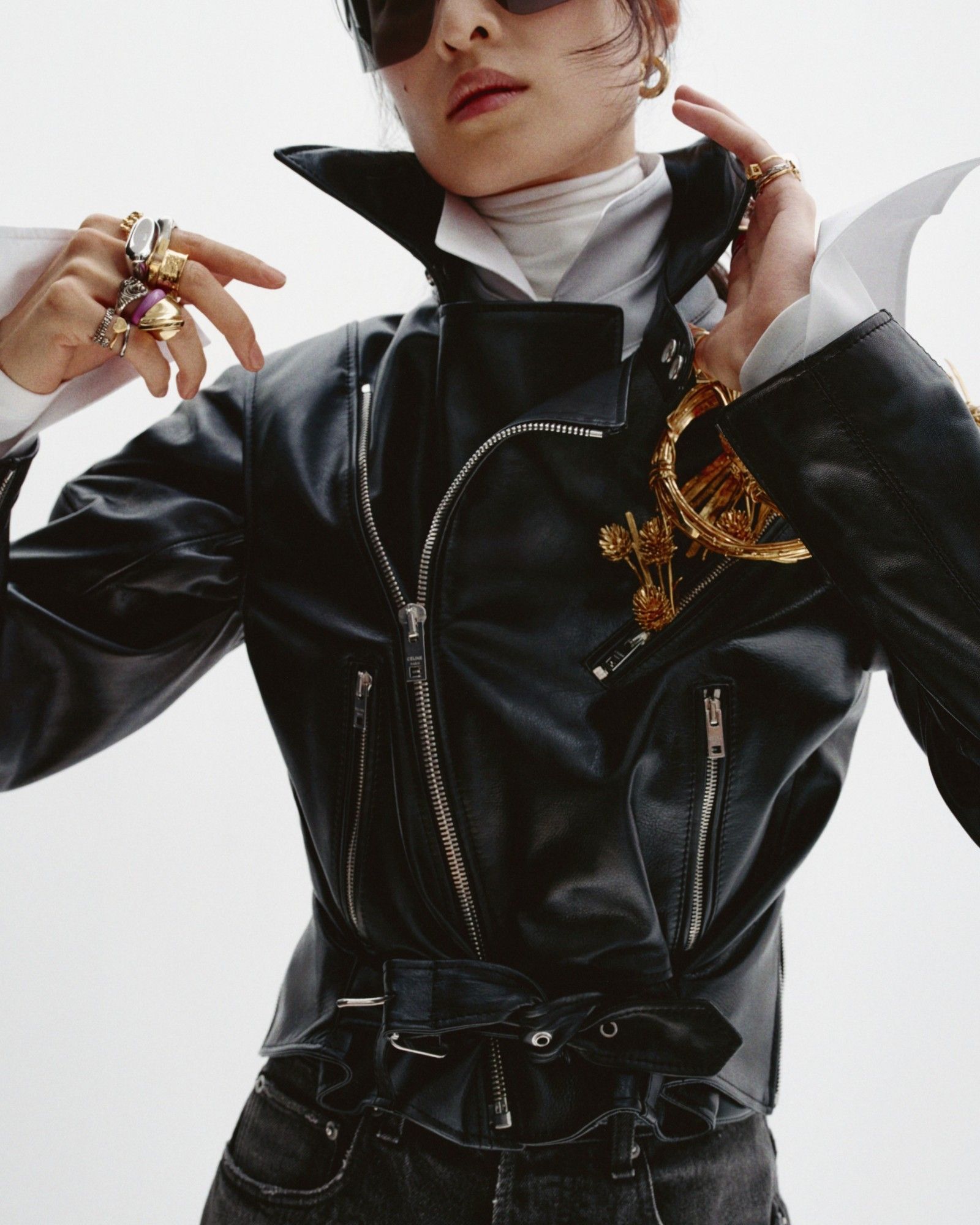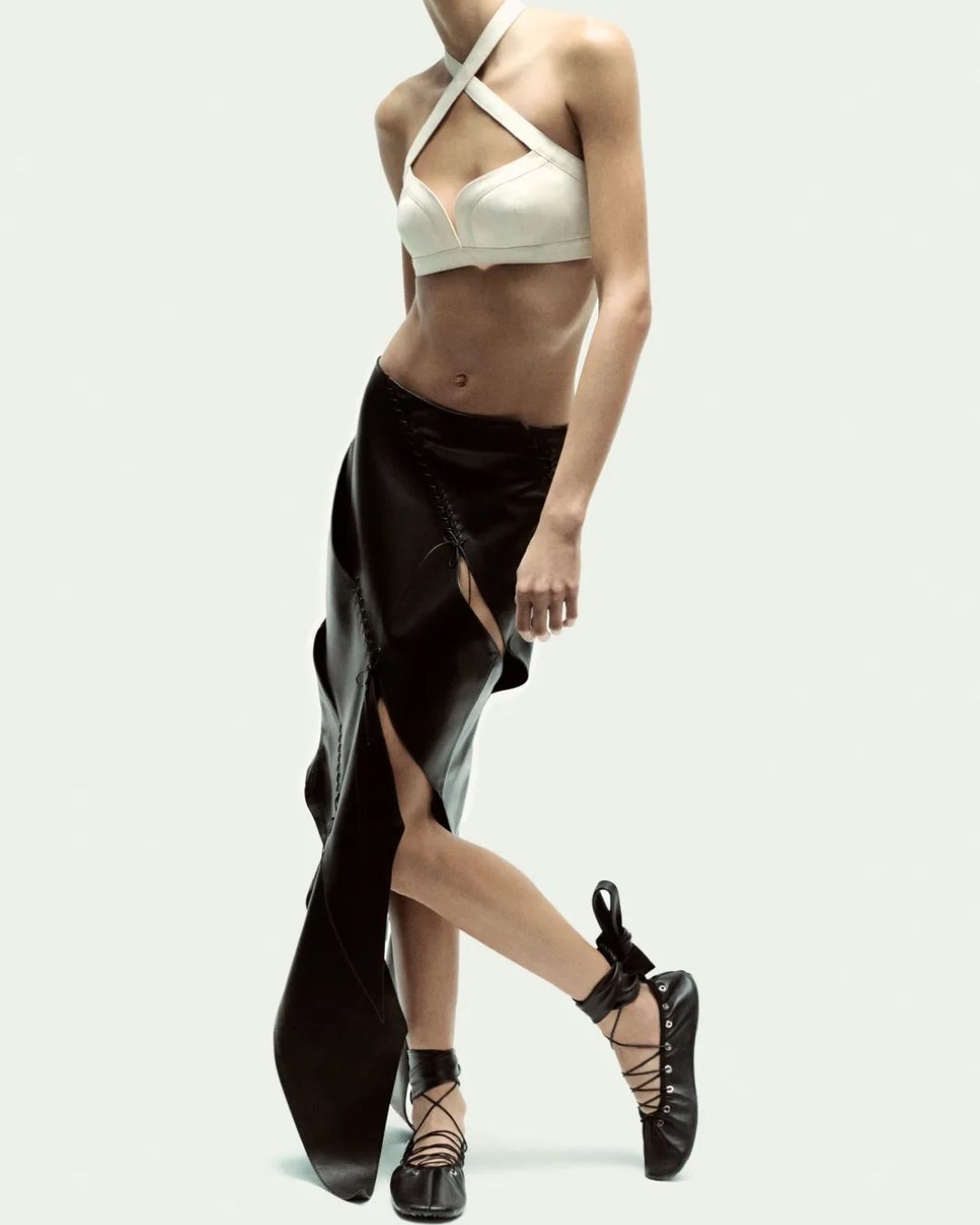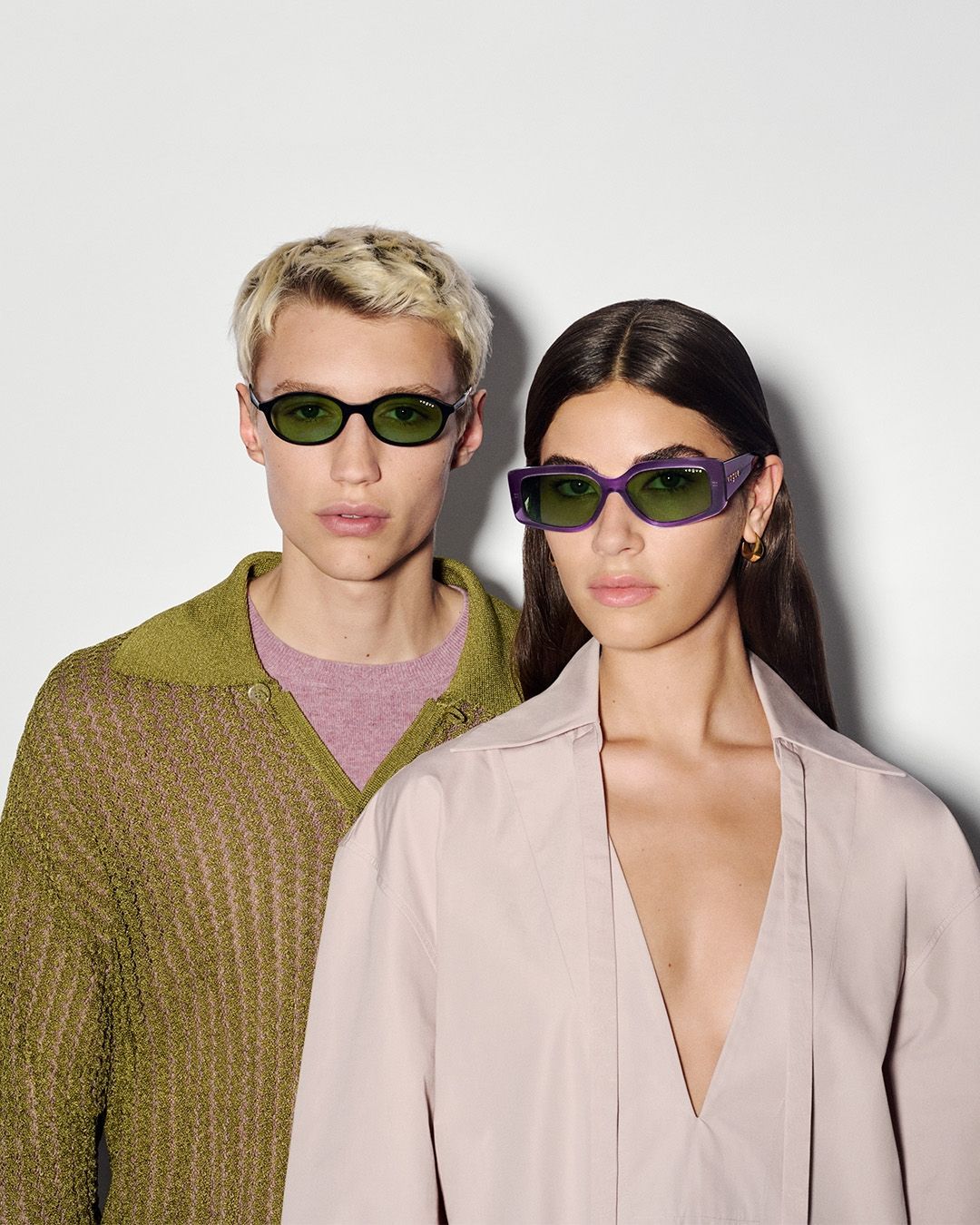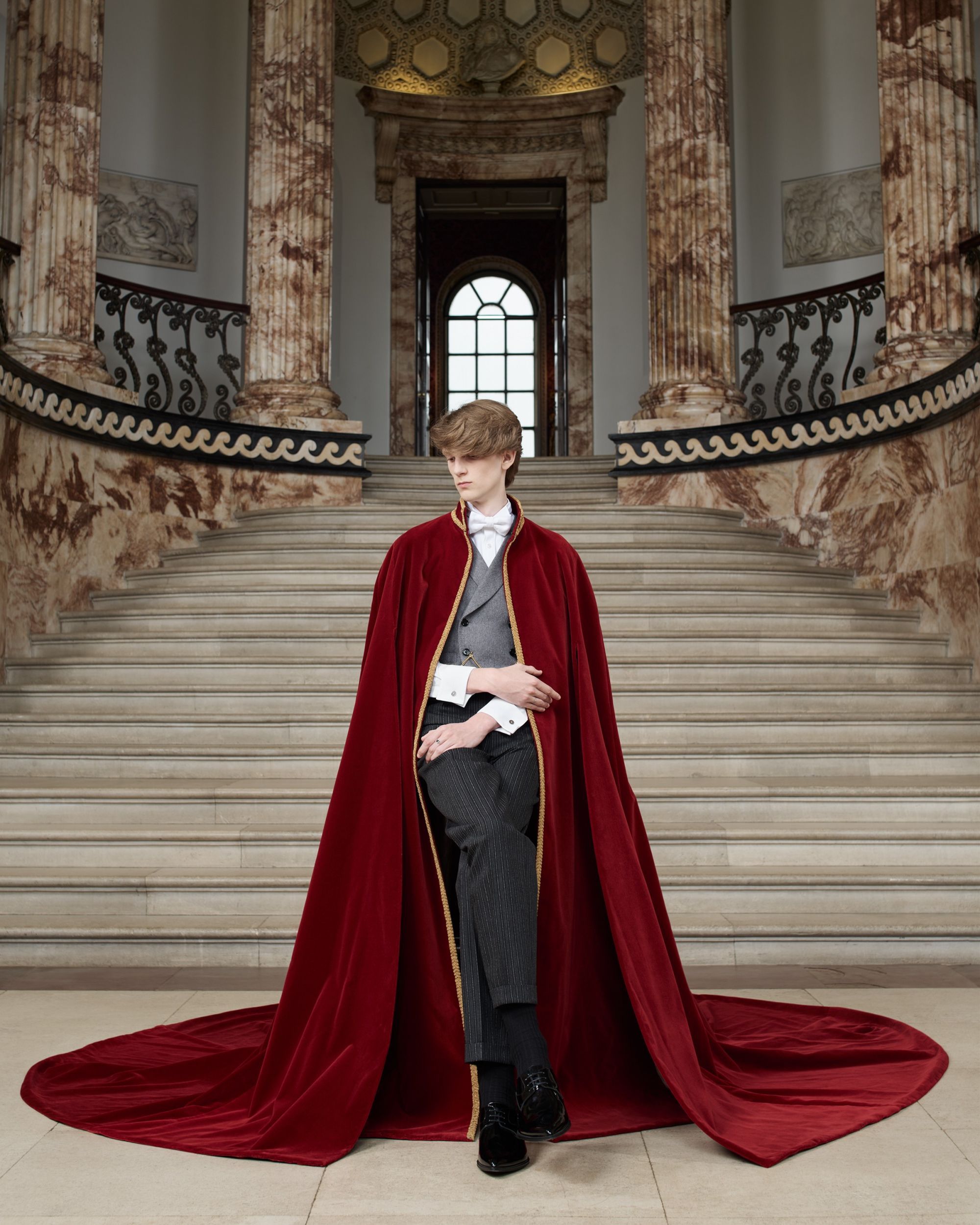
Celine's baronets for the SS25 collection Hedi Slimane dreams of an English garden
There has been much talk about the return of Cool Britannia in recent months, between the Saltburn phenomenon and the Oasis reunion – but it was another aspect of English aesthetics that Hedi Slimane had in mind when he signed, filmed, and produced the new Celine SS25 collection, whose video-show was unexpectedly presented yesterday afternoon under the title The Bright Young. A single glance at college-style jackets, 1920s straw hats, and glimpses of young people lounging among green fields or rowing on a pond takes us back to Brideshead Revisited, a classic by Evelyn Waugh and one of the cornerstones of the most aristocratic queer English prose after that of Oscar Wilde. It is to Waugh, but to the book Vile Bodies, a kind of satire of the hedonistic England of the 1920s, that the epigraph accompanying the collection belongs. And Slimane has followed the self-imposed theme thoroughly: in the avenues of the stunning Holkham Hall in Norfolk, slender, very young dandy figures move as if they have just come from Eton with their uniforms still on, taking refuge in their family’s noble villa in a burst of high society signifiers, including heraldic crests.
The heart of the collection lies in the use of traditional English fabrics, meticulously crafted from 1920s summer cashmeres and wools. This luxurious fabric has been re-woven specifically for Céline to embody the spirit of early 20th-century fashion. The tailoring is essentially English, with trimmed jackets, cricket, and boating blazers, all made from these refined summer cashmere flannels. Adding a unique touch to the collection are the trompe l’oeil haute couture pieces featured on rowing jackets, adorned with entirely hand-embroidered details. Under Céline’s black barathea wool suits, lined with hand-sewn trims, the silk faille gilets are meticulously hand-embroidered with English Gothic floral motifs using sequins, crystals, and high-gloss black, gold, and silver pearls. Céline’s heraldic patches, made of polished silver cannetille, replicate traditional embroidery techniques, paying homage to early 20th-century military styles. Another reference highlighted by the concise show notes is the white summer cashmere flannels, reminiscent of Francis Scott Fitzgerald’s summer mises of 1922 at the Hotel Eden Roc in Antibes, nodding to vintage sportswear that has now become tailoring. The collection also revisits classic 1920s English footwear, including Richelieu shoes, monks, and pointed derbies.
It is interesting to see a designer today choose a seasonal theme and adhere to it completely – just as it is remarkable to notice such an intense effort in emphasizing the craftsmanship and material quality of individual pieces in a runway collection. And surely, after two seasons of menswear spent exploring every imaginable shade of a total leather look, it is nice that Slimane explores new territories and imaginaries while not giving up his own incommunicability, the one-sidedness of his communication. The intention, of course, is to make Celine a bastion of the purest tradition, trying to balance this intention with more modern and commercial demands like the recent efforts to propose similar classicism in the categories of make-up and even home fitness (here, a bicycle with a wicker basket and leather accents was introduced). Between the traditionalism of the collection and the music of Rameau accompanying it, however, the feeling is that Hedi Slimane has dedicated himself to historical escapism, to costume fantasies in his ivory tower, neglecting, in the timeless dimension to which he aspires, contact with today's world, curiosity towards the modernity of the times, or in any case the desire to interpret them. It almost seems as if the designer has lost faith in a perhaps disappointing present. Perhaps, as the Waugh quote accompanying the show suggests, Slimane also sees little hope in today's world. However, it wouldn't be unwelcome if the legendary designer surprised his audience of aficionados with a live show, with his music, his guests, and of course his point of view on a generation of fashion lovers who do indeed feed on nostalgia but are in desperate need of interpretations and perspectives.










































